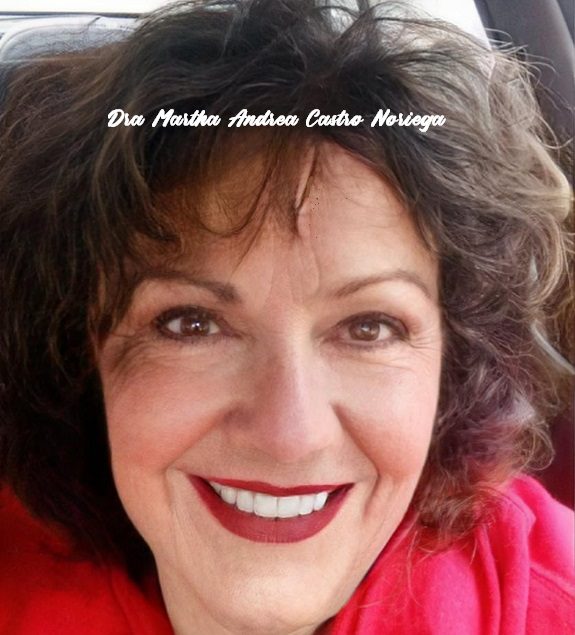
“After I recovered in 2006, I was healthy for ten years. I thought I had this depression thing whipped. I went on to have a successful and demanding career. First, I was the chief health lobbyist for AARP during the passage of the Affordable Care Act. Then, after a stint at the Department of Health and Human Services, I became the executive director of the White House Conference on Aging under President Obama. When applying for security clearance for the White House job, the questionnaire asked whether I had been hospitalized for a psychiatric condition in the past seven years. Luckily for me, it had been more than seven years since my hospitalization when I applied, but I have friends with mental health conditions who have been denied security clearance. Even worse, I know people who refuse to be treated for their mental health conditions because they fear it will negatively affect their security clearances and, thus, their ability to qualify for high-level positions.“
“Over my career, I have received recognition for my hard work and dedication to health and long-term care policy. Close friends have told me that they are surprised to learn that I have ever suffered from depression. I’m friendly and approachable—I don’t meet the stereotype associated with people living with depression as sad, angry, and withdrawn.“
“In 2016 I left the White House to join a small nonprofit organization. I loved working in government, but as a political appointee, many friends and colleagues counseled me to leave so that I could return to a government position if Hillary Clinton was elected. Similar to 2005, I was burning the candle on both ends: I was writing countless grant proposals, overseeing a large team, and volunteering for many social causes and campaigns. The 2016 election was much more polarizing than any I’ve experienced. Most people did not expect Donald Trump to win—including me. The election results caused me to crash after months of building anxiety.”
“Once again I spiraled downward. I couldn’t get out of bed. I couldn’t work. I had thoughts of harming myself. This time, my husband urged me to start ECT much sooner in the cycle, and once again, it worked. Within a matter of weeks, I was back at work, pretending nothing had happened. I kept pushing myself harder to show everyone that I was “normal.” I thought I had a pattern: I would function at a high level for many years and then my depression would be triggered by a significant event. I thought I’d be healthy for another ten years.“
“But I started feeling signs of depression again only a year later. From my health services research, I knew that my diagnosis, major depressive disorder, can be triggered by a major event that prompts a person to recall previous traumatic experiences (for instance, my mother’s death when I was very young). During an episode, I am unable to function and have so little energy that even small tasks take extra effort. Many others suffer from persistent depressive disorder, which refers to a low mood that lasts for at least two years. Many people with a persistent depressive disorder are able to function day to day but feel low most of the time. I also learned that depression is highly recurrent, with at least 50 percent of those who recover from a first episode having one or more additional episodes in their lifetime, and 80 percent of those with a history of at least two episodes having another recurrence, according to the literature. So I know that this illness may be with me for a long time.“
Not Alone
“In 2018 two celebrities, Kate Spade and Anthony Bourdain died by suicide in close succession. Several news articles described how selfish they were for taking their own lives. Journalists questioned how someone who was so successful and admired could do this. In reading these articles, I knew that the writers didn’t really understand depression. They didn’t get how it takes over your mind and distorts your thoughts. Depression convinces you that everyone around you would be better off if you were dead. You are a burden, a disappointment, and incapable of functioning. In addition, many people judge those with depression. If they would only exercise more, meditate, see a therapist, take their meds, and so on, they wouldn’t be depressed. But I did everything that was recommended. I exercised nearly every day. I meditated and saw a therapist regularly. I took my antidepressants. Still, I got depressed again. And I’m still struggling to accept the fact that it is not my fault.”
“I’ve observed that many high-achieving people experience bouts of major depression, but we generally hide it from others. Our expectations for ourselves are high, and when we can no longer perform at such intense levels, depression convinces us that we are failures and worthless. So, in the wake of these deaths, I decided to speak out.“
“I share my own experience in the hope that I can help people better understand depression and—more important—give those living with depression hope that they can recover. I also aim to raise awareness of stigma and recovery surrounding mental health issues. As part of my efforts, I work as a network leader with the Stability Network, a growing movement of people living and working with mental health conditions. We share our stories to inspire others and change how people think about mental health. Our message is one of hope and recovery.“
























